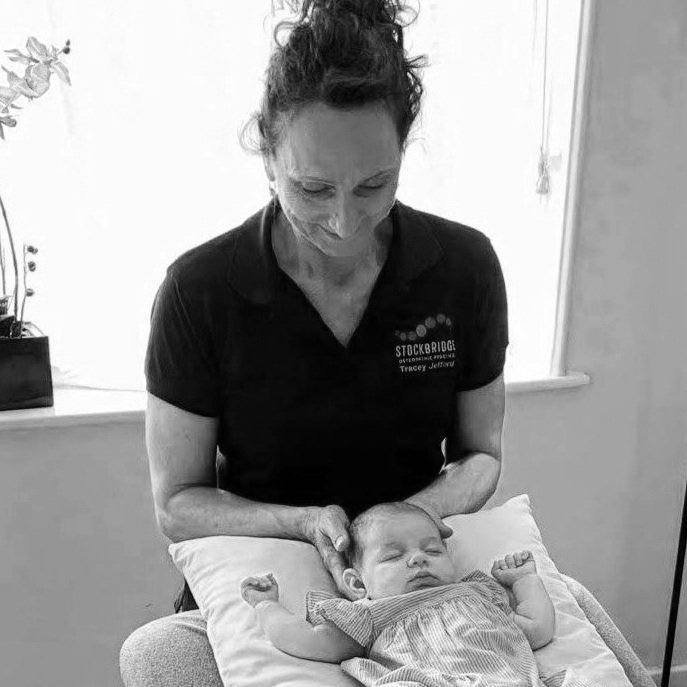What is a Blue Zone? Why am I travelling there?
This year I am lucky enough to take a holiday abroad, and when considering the destination, I chose to explore a Blue Zone.
I have been intrigued by the Blue Zones ever since I came across the term a few years ago. These are areas of the world which have not only the longest lived communities, but also the most healthy and content.
National Geographic explorer, Dan Buettner and his team have identified these 5 areas:
Sardinia, Italy – home to the world's longest-lived men.
Okinawa, Japan – home to the world's longest-lived women.
Loma Linda, California – Seventh-day Adventist community that outlives the average person by a decade.
Ikaria, Greece – a tiny island community with significantly reduced rates of common chronic illnesses.
Nicoya, Costa Rica - where people are more than twice as likely to reach 90 years of age.
Through reading Dan’s books, listening to him talk and following him on social media, I have been fascinated to discover the common lifestyle factors that are shared amongst these communities, and how I might apply that to my own life and to that of my friends, family and patients.
Now with the opportunity to travel, I have decided to start my own Blue Zone discovery tour with the very first Blue Zone to have been named in October 2004; Sardinia.
I am curious to go beyond the pages of a book and to feel for myself how these communities live and what I can learn from them. I am excited about the possibility of extending my health-span (as opposed to life-span (see July’s article!)) and living longer in good health.
Sadly, increasing numbers of people end their lives in pain and distress, having been affected by loneliness, depression and chronic diseases. Much of this can be avoided as we begin to understand that it is more our environment that shapes the outcome of our lives, and less so our genes.
So why do Sardinian’s live so much happier and healthier lives, and especially the men?
The longest lived communities live in the mountains, but beyond that, I look forward to finding out more reasons for their good health, such as how do they manage stress? Whether religion plays a role? What is the typical diet? Do they use traditional and natural medicines? Is there inter-generational living? What does their daily activity, movement and exercise consist of?
I gather their Cannonou red wine has 2-3 times the artery-scrubbing flavenoid content of the average bottle. They drink often, sharing bottles with friends and family and always in a very sociable way. I very much look forward to experiencing this tradition!
I am so excited to have such an interesting purpose to my holiday this year, and I will be sure to report back and share all the details that I learn relevant to improving the quality of our lives back here in the UK.
On a separate note, the Womo Women’s Health course returns in October, be sure to book your place early, they go like hot cakes! To find our more, visit www.the-sop.com/womo
Emma Wightman
www.the-sop.com



































